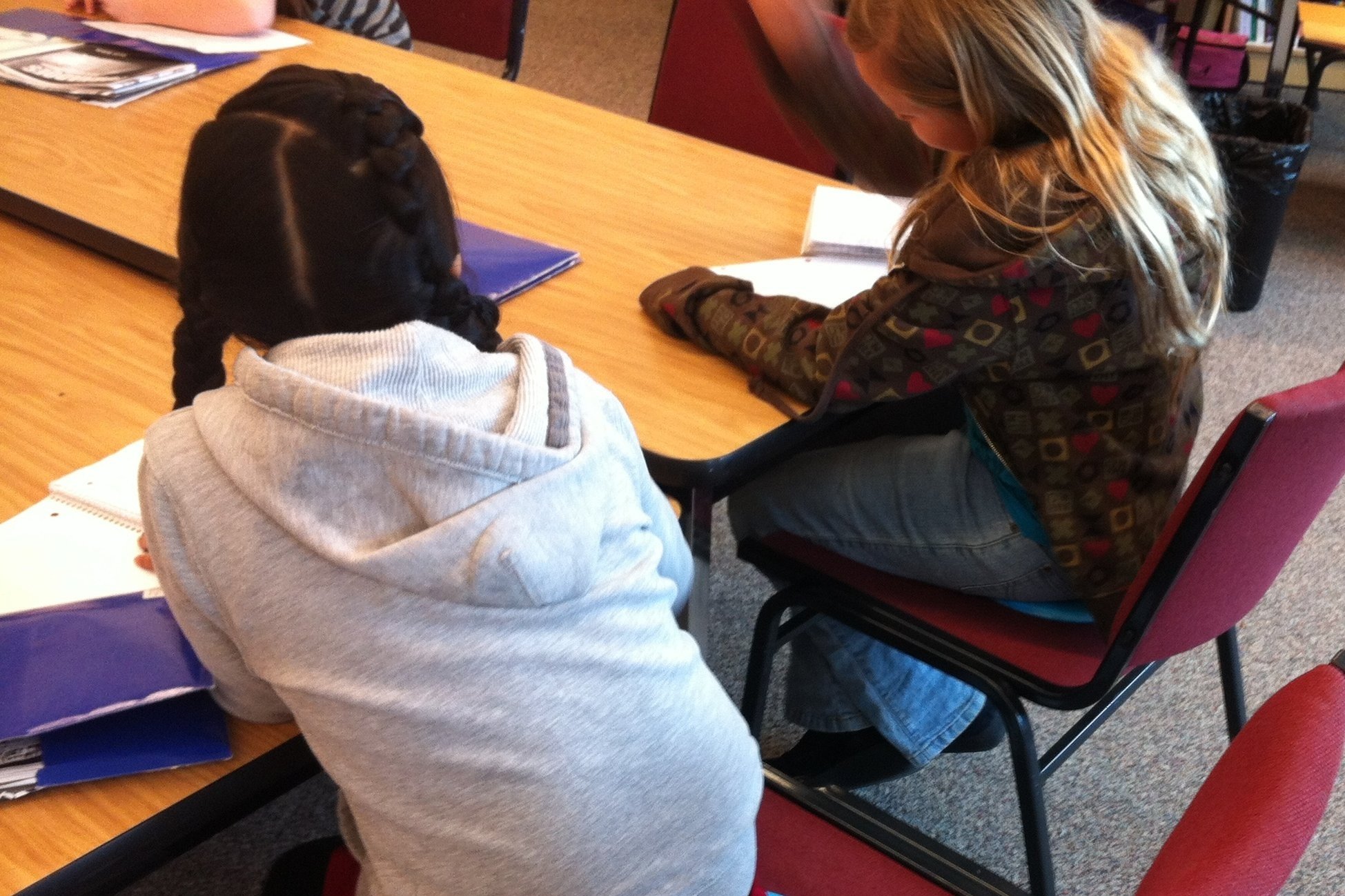Thinking Classrooms and Randomized Groups
Hello.
This week, we will discuss how to build collaborative student groups as I continue my review of Building Thinking Classrooms in Mathematics by Peter Liljedahl.
All teachers use student groups during their instructional day. Groups may be table partners, friends, elbow partners, or groups created by the teacher to meet a need of some kind. Liljedahl identifies a few rationales behind grouping students in a classroom. These are pedagogy, productivity, peacefulness, diversity, integration, and socialization. Pedagogy groups are used to support students learning from each other and can be either homogeneous or heterogeneous based on a criteria determined by the teacher. Productivity groups are created to positively impact the completion of an assignment or project. This may lead to more heterogeneous grouping of students so students who need more support are paired appropriately with their peers. Students grouped for peacefulness will separate those students who can be disruptive. Students grouped for diversity are assigned to groups so that each group is diverse and represents the classroom community. Teachers will group by integration when they want to push students out of their comfort zones so they work with students they do not normally work with. Finally, students grouped by socialization occur when teachers allow friends to work together as a reward (p. 39, 40).
When teachers make student groups, we all run into the same problems, there is usually a mismatch of some kind between the students within the group that leads to disengaged students. We try to get around the mismatch and disengagement by giving each student in the group a job or we set specific criteria for the groups. Liljedahl interviewed students to learn more about the mismatch and disengagement and found that 80% of the students entering a group felt they were going to be a follower, not a leader in the group (p. 41). Students were stuck in a pattern of behavior that was negatively impacting their participation and learning.
Liljedahl worked with teachers to assign students to random groups. He found that when groups were created randomly without the influence of the teacher, and the students were aware of this, the previously observed disengaged pattern of students’ behaviors around participation in group work were not there. He also found that groups needed to change frequently within a school day to avoid the disengaged behavior patterns from forming. In addition, Liljedhal learned that the optimal group size for kindergarten to second grade is two students, and the optimal size for third grade and up is three students (pp. 44, 45).
This small change in randomized groupings, and optimal group size, created several benefits. First, students were more willing to collaborate within their group. Second, social structures and barriers that existed between students outside of the classroom were broken down in these randomized groups. Third, there was increased knowledge mobility between students and groups. Liljedahl clarifies that this is not copying from other groups, but rather referencing other groups for hints on what to try, comparing ideas with other groups, or debating solutions with another group. Fourth, teachers saw an increase in students enjoying math, and finally, there was reduced stress for students who had to self-select their own groups (pp. 46, 47, 48).
If you have questions, send me a comment using the button below or email me at lindapatrellkim@gmail.com.
